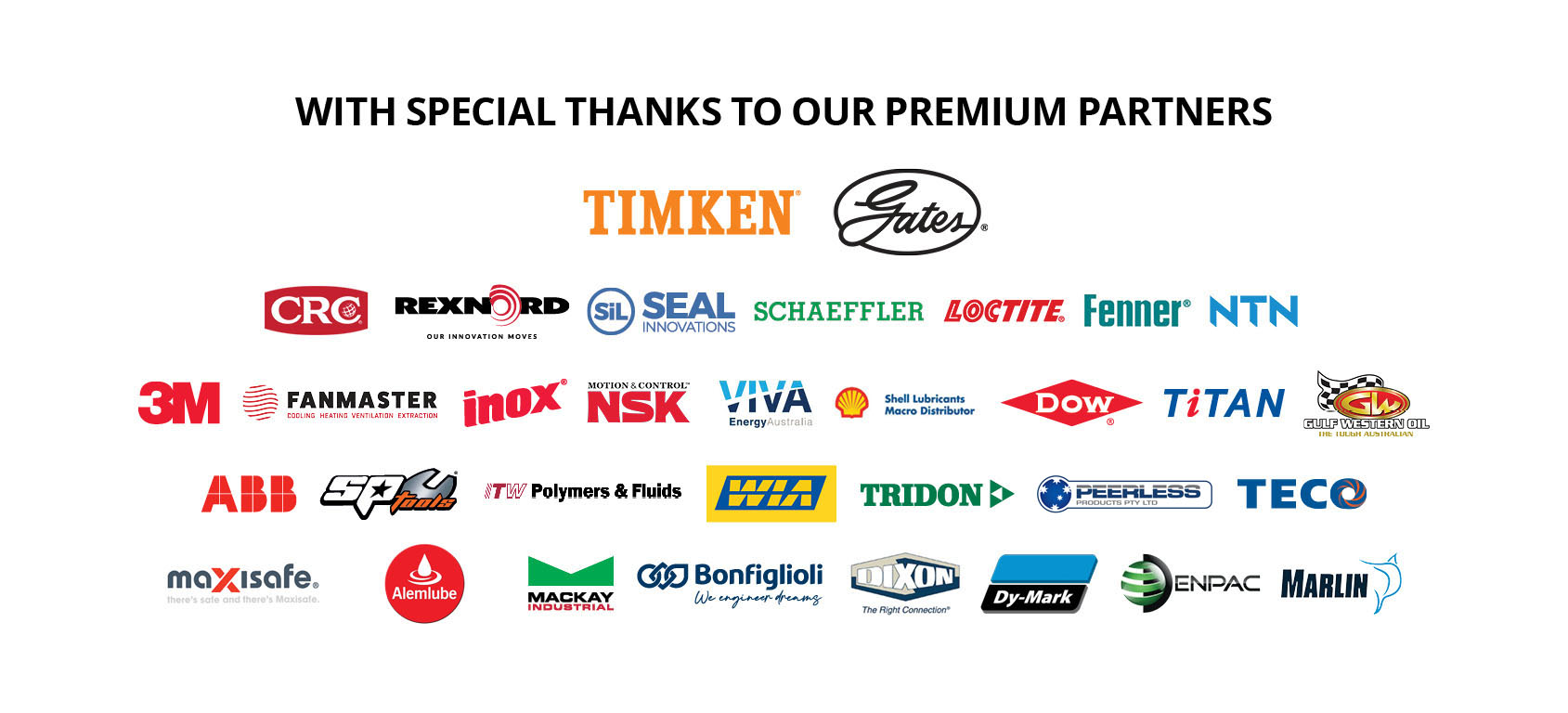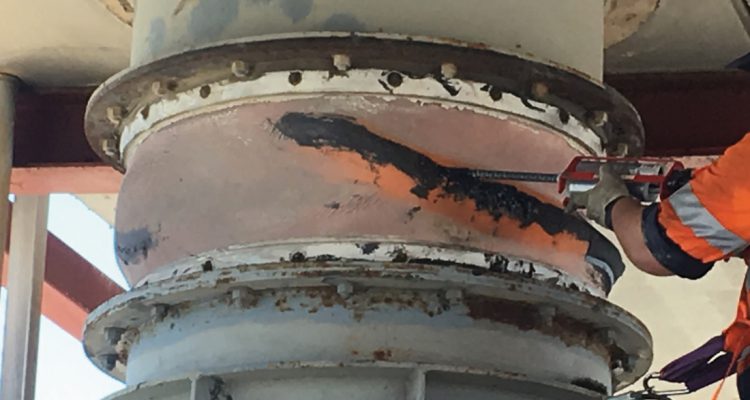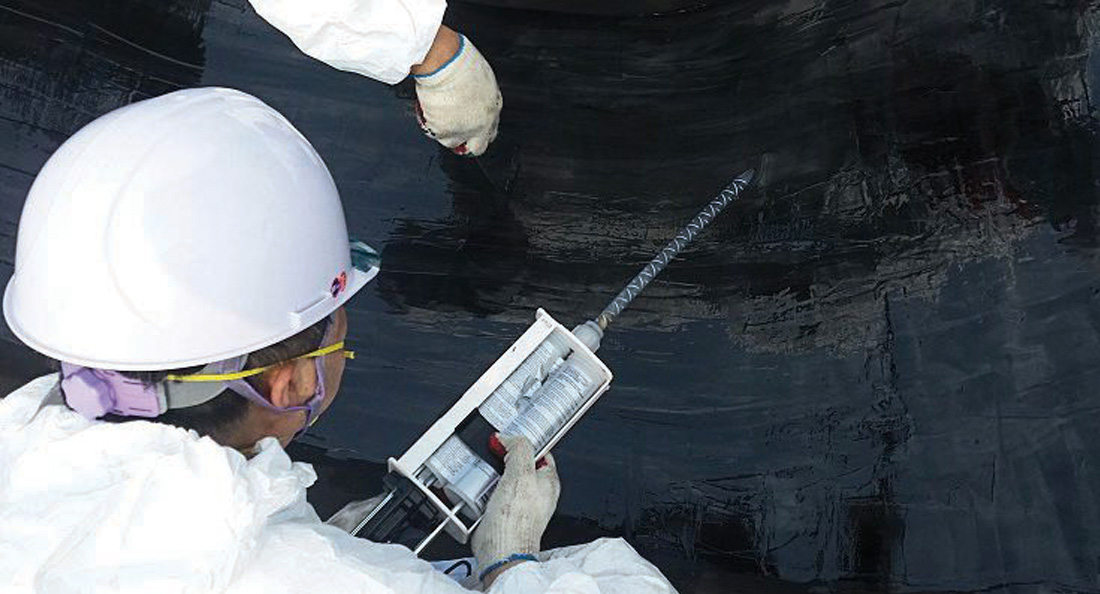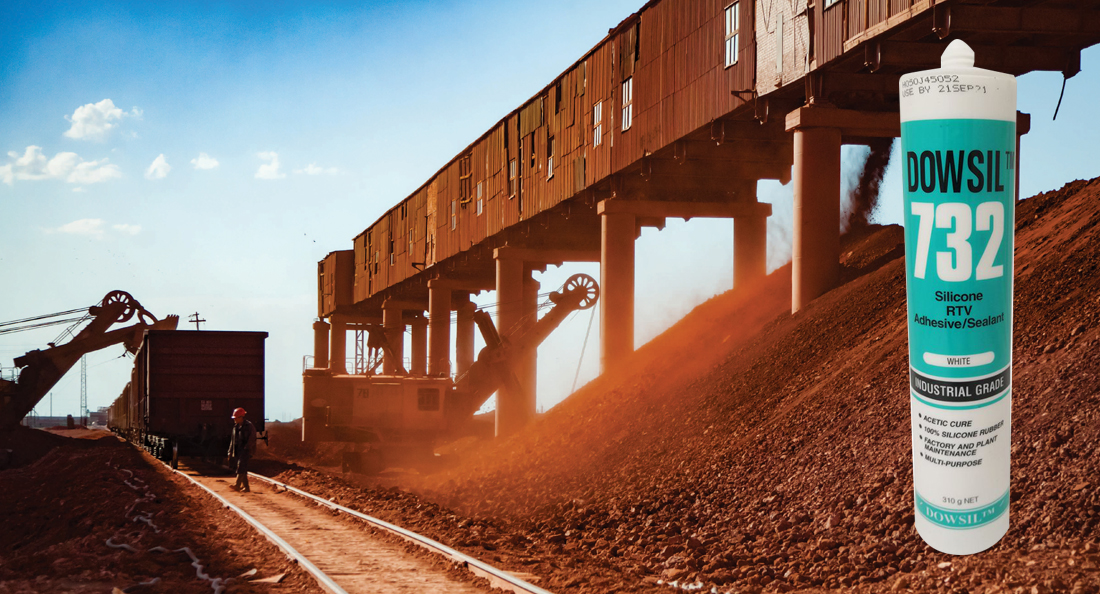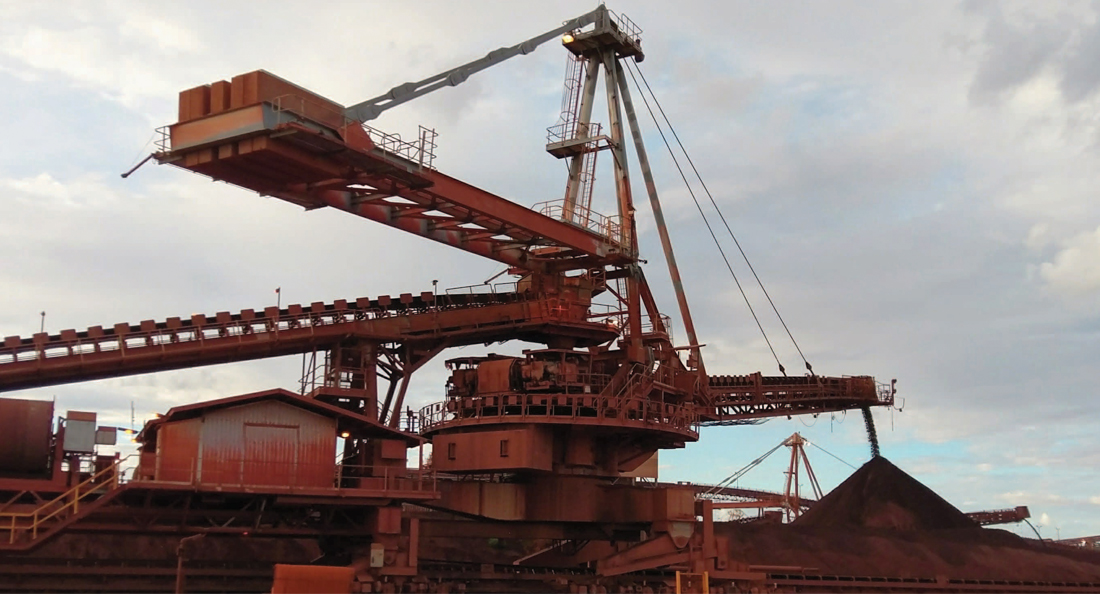When you work in the grain handling business, ensuring your conveyor equipment is in tip top condition for harvest season is essential. Which is why Kerry Hickmott leans on BSC in Toowoomba for the support and supply of LOCTITE® product for preventative maintenance and belt repair.
“I run a workshop that primarily builds and repairs grain handling equipment for a major grain producer,” explains Kerry. “In Queensland we have two harvest seasons for grain – these fall over spring and summer. For this reason, we carry out maintenance and repair work from April through to September to make sure the equipment is in good condition for harvest.”
Grain belts are, of course, critical to these operations. Business Development Executive for BSC in Toowoomba, Mark Brocherie, explains why.
“When it comes to handling the grain, conveyor belts are commonly used. This rubber belting can tear from time to time,” he says. “If you do have a tear in the belt, it can lead to premature failure and consequently cause a lot of damage, including a potential breakdown.”
According to Kerry, breakdowns have to be avoided at all costs.
“Downtime is not an option for us – if it does occur, it has serious implications for our business, not just in terms of immediate costs but in how those subsequent delays will affect our customers,” expounds Kerry. “It’s a competitive business. If people are waiting too long to drop their grain off, they will call another grain depot to make alternative arrangements.”
During the harvest season, grain handling is a 7 days a week operation, sometimes 24 hours a day.
“In a harvest when you need to move grain quickly, you simply can’t afford to have machinery go down,” Mark further explains. “There are trucks full of grain backed up at the grain depots. All these trucks want to do is drop off their grain and leave and go back to the farm because they are in the middle of a harvest!”
Besides scheduling maintenance outside of the harvest season, belt repairs are often required to avoid catastrophic breakdowns. This is where the LOCTITE PC 7350 proves particularly handy.
“We use it on some of our slinger belts that travel 4m per second and we repair any divets or holes on the belts with this product. Due to the high speed, the grain typically wears holes through the rubber, which then means the grain will seep through the belt and cause a wave that slows it down,” explains Kerry. “We fill these in with the LOCTITE PC 7350 product which smooths it over. We also use the same product on the wire clips that join on to the belt which prevents these joins from wearing away.”
Mark points out that the LOCTITE product is a favourable solution and alternative to belt replacement.
“To replace a whole belt is very costly,” he stresses. “The alternative is LOCTITE’s PC 7350 belt repair which allows preventative maintenance or belt repair in situ. Any tears or nips can be repaired so the conveyor can run smoothly again.”
Moreover, fixes with the LOCTITE PC 7350 can be made on the belts without causing downtime.
“It’s easy to use and can increase uptime. It can quickly repair a tear which allows a site to get up and running quickly with minimal fuss,” says Mark. “You can also apply the product over a splice which in turn creates a smooth surface that will not interfere with the belt scraper.”
This, in turn, translates to improved belt longevity.
“This product gives us more life out of the belts,” states Kerry. “These belts are huge and costly. If we didn’t use this product, and we had to replace a belt it would cost us thousands of dollars.”
Michael Rowe, the BSC Product Manager for Adhesives and Sealants, offers some advice as to how to repair a belt in a grain handling application. This starts with a good surface clean.
“Cleanliness is vitally important. If you have a belt grain chute, there is going to be a lot of dust around,” he advises. “Therefore, if you are doing a repair in a chute, let’s say it’s a gouged area, once you apply the product, you don’t want any ridges or lumps in that area. You want the surface to be smooth so no grain or dust gets into the area which could cause the grain to bounce around and cause a blockage.”
Michael notes that the LOCTITE PC 7350 is both an adhesive and a repair product.
“This means that whatever it is being used on, it will bond to and will also smooth over the surface to have another product running past it. In the case of a rubber belt repair, it will form a repair point in and around a gouge or a split and it will come back uniform,” he explains. “If there is a gouged area in place in a grain chute, you will fill in that area so it will smooth over and be dimensionally even.”
Furthermore, he lauds the LOCTITE belt repair product for its efficiency.
“It’s a good product in terms of speed of repair and reducing downtime. In these applications, if you don’t repair the belt or chute quickly, it will wear and do more damage,” he says. “With LOCTITE PC 7350 you can be up and running very quickly – perhaps avoiding downtime altogether.”
For the grain handling sector, and for businesses such as Kerry’s which rely on their conveying systems to move grain, LOCTITE PC 7350 provides a reliable, quick solution for belt repair.
“In just one depot, we typically move 67,000 tonnes per week during a harvest – so any issues on the conveyor belts need to be avoided,” he stresses. “This product helps keep the belts running smoothly.”
Importantly, Kerry knows he can call on his local BSC branch in Toowoomba for both product supply and advice.
“Our relationship with BSC is second to none. If I need any advice on repairs or maintenance issues, they are very willing to help and always provide me with a fast answer. They consult on bearings, couplings, belts, belt repair kits – many aspects of equipment maintenance and repair. The team in Toowoomba have been amazing with us,” Kerry concludes.
